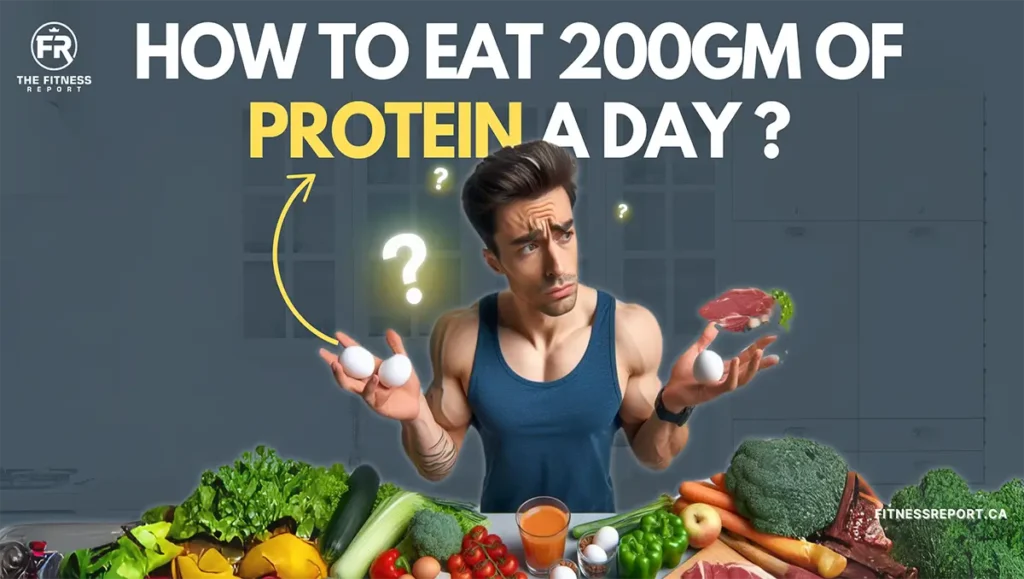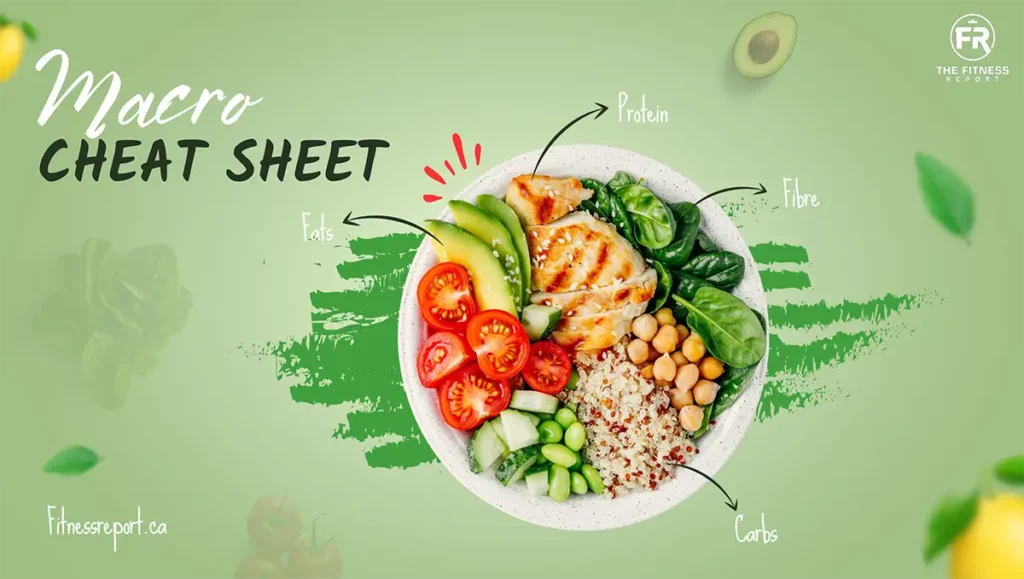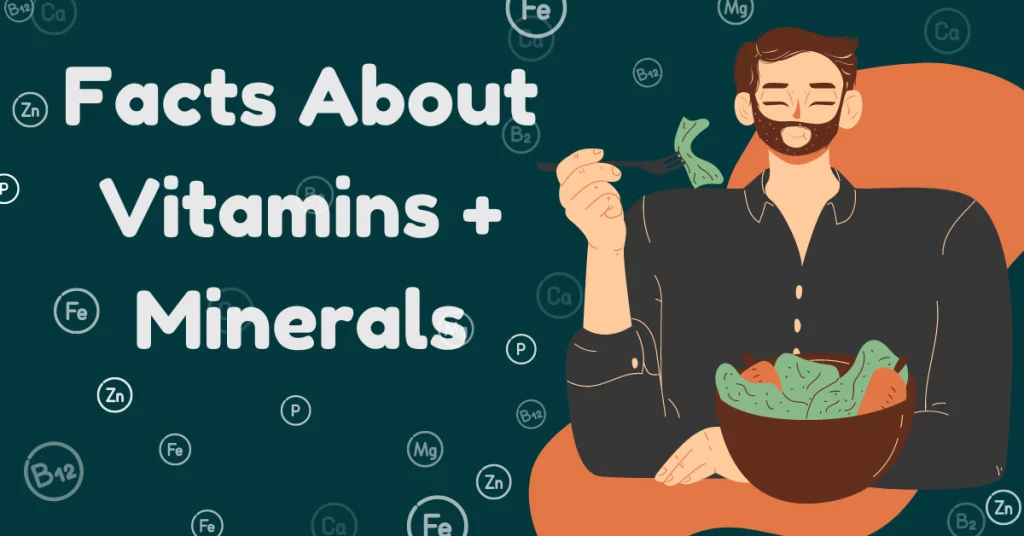How To Eat 200 Grams Of Protein A Day (2025) 🍽️
Embarking on the journey towards building robust and healthy muscles is a common aspiration for many. It is a goal that often leads us to explore various avenues and dietary strategies to ensure we are providing our bodies with the essential fuel they need. At the heart of this pursuit lies protein – the fundamental building block for muscle growth and repair. The role of protein in sculpting that lean physique or boosting overall strength cannot be overstated.
However, for many individuals, the idea of consistently consuming 200 grams of protein per day can feel like a monumental challenge. It is a target that, at first glance, may appear insurmountable, leaving some to wonder if they will ever navigate the complexities of protein intake effectively. Fear not, for this guide is your trusty companion on this path, tailored to make the seemingly daunting task of achieving that 200-gram daily protein goal a whole lot simpler.
I am here to offer you practical, tried-and-true nutrition strategies to help achieve this goal. So, if you are ready to embrace a protein-rich diet that is not only effective but also surprisingly accessible, this straightforward guide can help!
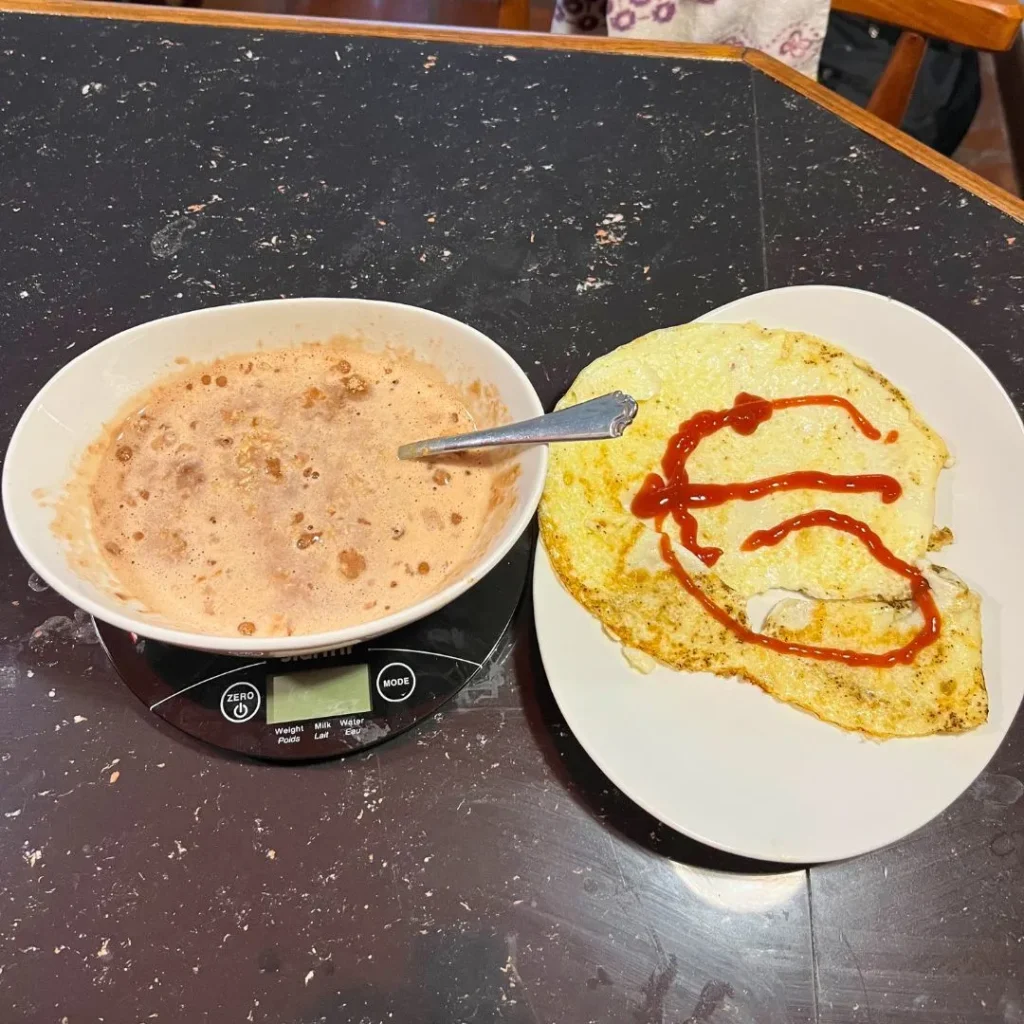
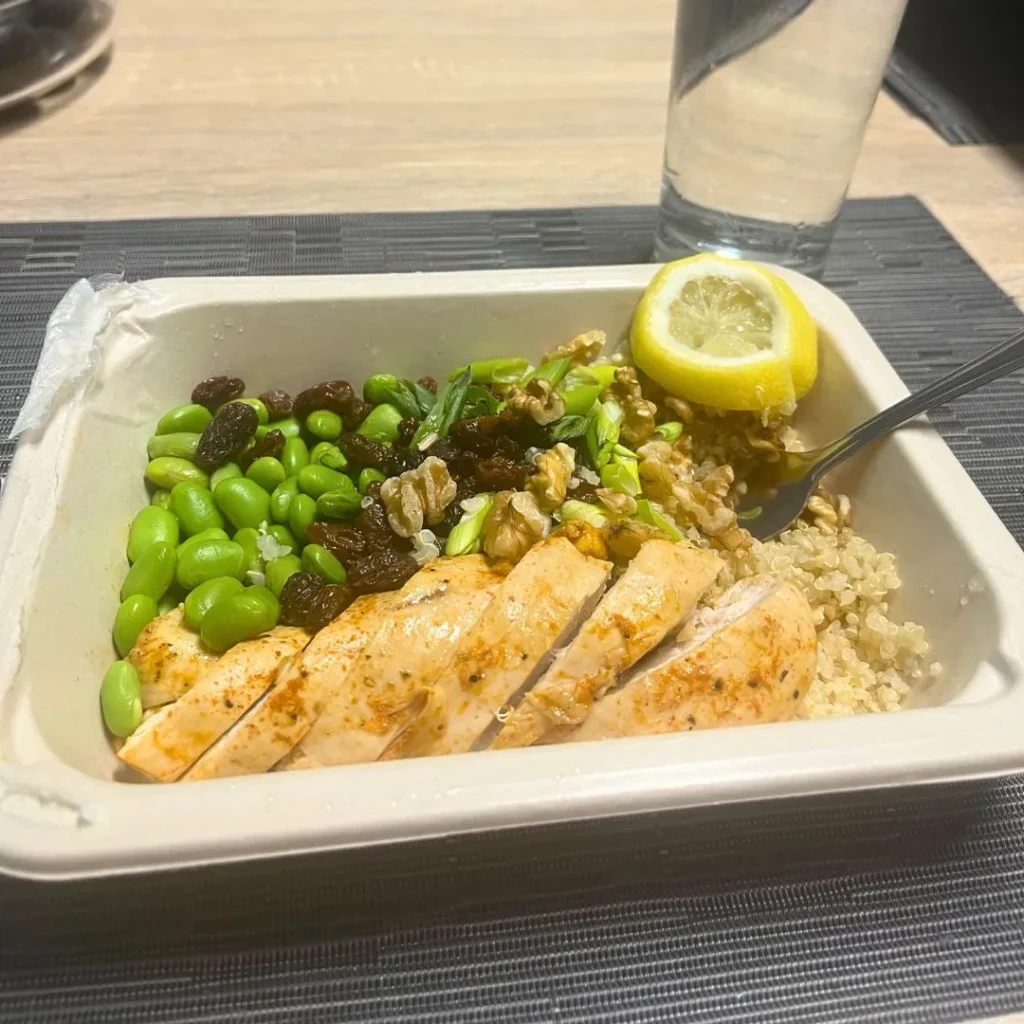
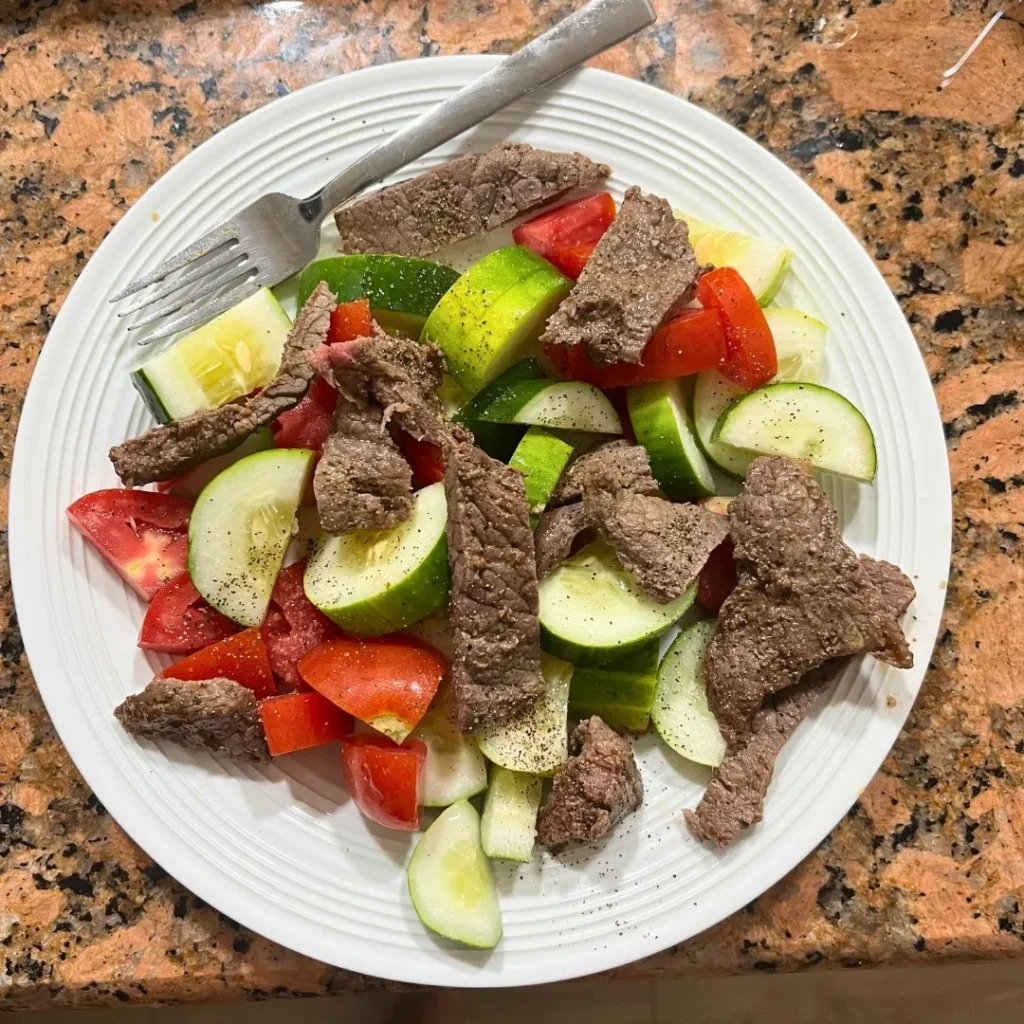
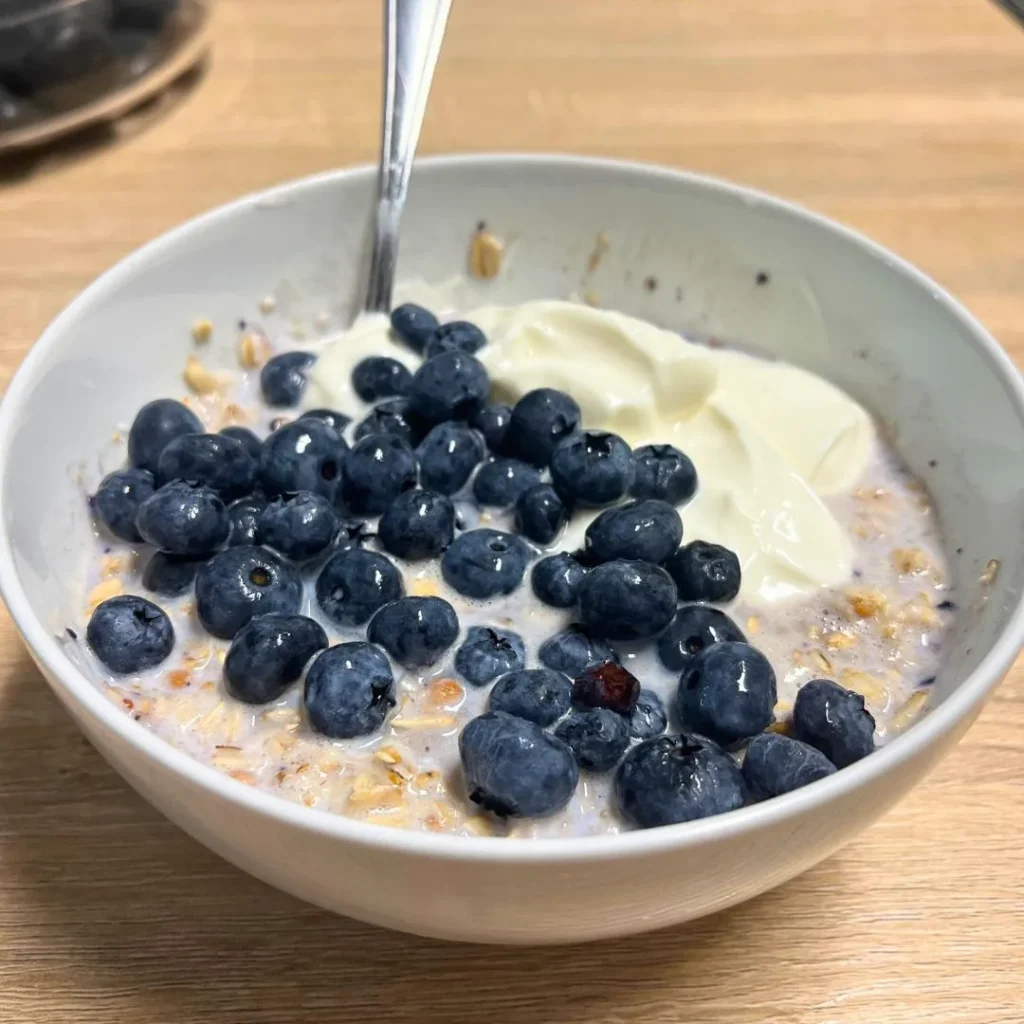
How To Increase Protein Intake: Let Me Show You
- Balanced Breakfast: Begin your day with a protein-rich breakfast. Eggs, Greek yogurt, or a protein smoothie can kickstart your morning with the right nutrients.
- Lean Meat Choices: Incorporate lean meats such as chicken, turkey, and fish into your meals. They are not only tasty but also packed with protein.
- Plant-Based Power: Do not forget about plant-based protein sources. Beans, lentils, and tofu are versatile options to include in salads, soups, or stir-fries.
- Dairy Delights: Milk, cheese, and Greek yogurt are excellent dairy sources of protein. Opt for low-fat varieties for a healthier choice.
- Smart Snacking: Keep protein-packed snacks like nuts, seeds, or jerky on hand for a quick and satisfying boost throughout the day.
- Supplemental Support: Consider protein supplements, like whey protein powder, if you struggle to meet your daily target through food alone. They are convenient and effective.
- Portion Control: Keep an eye on portion sizes. Eating smaller, protein-rich meals more frequently can help you reach your daily protein goal.
Remember, increasing your protein consumption does not have to be complicated. These straightforward tips will help you get on the right track.
How To Get More Protein In My Diet?
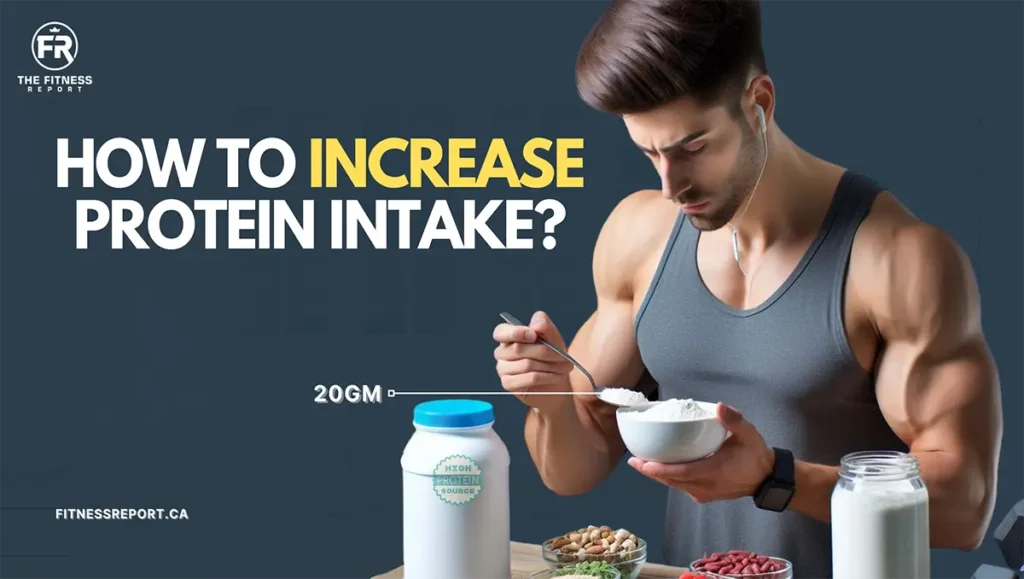
- Protein-Packed Breakfast Varieties: Start your day with a range of protein-rich breakfast options. Consider indulging in an eggs breakfast, a wholesome peanut butter and banana toast, or even a breakfast burrito with beans and cheese.
- Incorporate Seafood: Do not forget about seafood. Fish like salmon, tuna, and shrimp are not only delicious but also excellent sources of protein. Try including them in your diet a couple of times a week.
- Explore Different Protein Sources: Expand your palate by exploring less common protein sources. Try edamame beans, seitan, or tempeh for a change in taste and texture.
- Homemade Protein Bars: Create your own protein bars at home using ingredients like oats, honey, nuts, and protein powder. These personalized snacks can be a tasty and convenient way to up your protein intake.
- Protein-Enhanced Beverages: Look for protein-enhanced beverages like protein water or ready-to-drink protein shakes. They can be handy for on-the-go protein supplementation.
- Cook And Prepare in Advance: To make sure you always have protein-rich options available, dedicate some time to meal prep. Cook batches of chicken, beans, or tofu to use throughout the week.
- Stay Hydrated: Drinking enough water is also crucial when you are increasing protein intake. Hydration helps your body process protein efficiently and supports overall health.
By incorporating these additional points into your diet plan, you can enjoy a diverse array of protein sources and ensure you are meeting your protein goals in an interesting and sustainable way.
What Does Eating 200 Grams Of Protein Looks Like?
Breakfast
- Scrambled eggs (6 eggs): 42 grams of protein
- Whole grain toast (2 slices): 8 grams of protein
- Greek yogurt (1 cup): 16-20 grams of protein
Morning Snack
- Tuna can: 17 grams of protein
Lunch
- Grilled chicken breast (6 ounces): 42 grams of protein
- Quinoa (1 cup cooked): 8 grams of protein
- Mixed vegetables: 3-5 grams of protein
Afternoon Snack
- Cottage cheese (1 cup): 28 grams of protein
- Protein bar: 20-30 grams of protein
Dinner
- Salmon filet (6 ounces): 42 grams of protein
- Steamed broccoli (1 cup): 3 grams of protein
- Brown rice (1 cup cooked): 5 grams of protein
Evening Snack
- Protein shake (whey protein powder) (1 serving): 20 grams of protein
Total Protein Intake: Approximately 200 grams
This is just an example, and your specific dietary preferences and needs may vary. It is important to note that balancing protein per meal with a variety of other nutrients and staying hydrated is essential for a well-rounded diet. Adjust portion sizes and sources according to your dietary requirements and preferences.
Can Too Much Protein Be Bad?
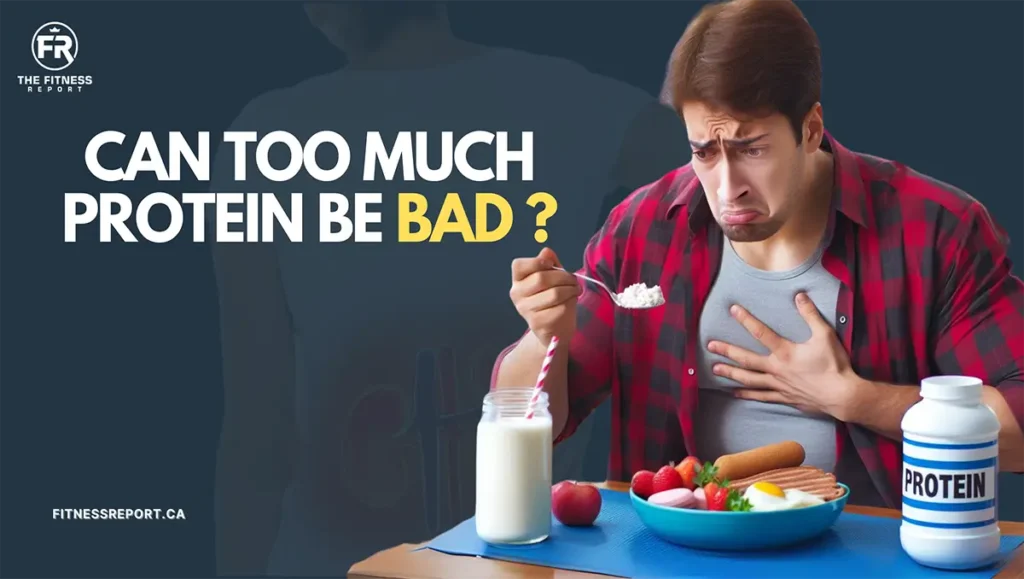
Yes, consuming too much protein can potentially have adverse effects on your health. Here are some potential issues associated with excessive protein intake:
- Kidney Strain
High protein diets can put extra stress on the kidneys as they need to work harder to process the excess nitrogen from protein breakdown. This can be problematic for individuals with pre-existing kidney conditions.
- Dehydration
A high-protein diet can lead to increased water loss through urine, potentially causing dehydration. It is important to drink enough water to compensate for this.
- Digestive Issues
Very high protein diets may cause digestive discomfort, including constipation and bloating, due to a lack of dietary fiber.
- Calcium Loss
Some research suggests that excessive protein intake can lead to increased calcium excretion, potentially affecting bone health.
- Nutrient Imbalance
Focusing too much on protein at the expense of other essential nutrients can lead to an imbalanced diet and nutritional deficiencies.
- Weight Gain
While protein can aid in weight loss and muscle building, excessive calorie intake from protein-rich foods can lead to weight gain if not balanced with physical activity.
It is essential to maintain balanced nutrition, incorporating protein in recommended amounts, which can vary depending on factors like age, activity level, and individual health. Consulting with a healthcare professional or nutrition coach can help determine the right protein intake for your specific needs and goals.
Here Are My High Protein Meals To Get Those Gains 💪
1. Greek Yogurt With Protein Powder
Greek yogurt is an excellent source of protein, and adding protein powder can boost its content even further. It is a great choice for a quick and nutritious snack or breakfast.
2. Tuna Salads
Tuna is packed with protein and makes for a tasty salad when combined with fresh veggies. It is a convenient and satisfying meal.
3. Proats
Proats are a clever combination of oats and protein powder. They provide a hearty and protein-rich breakfast option, perfect for energy and muscle recovery.
4. A Lean Protein With Veggies
Lean protein sources like chicken, turkey, or tofu paired with a variety of vegetables create a balanced and nutritious meal.
5. Turkey Burrito Bowls
A flavorful way to enjoy lean turkey with the goodness of a burrito bowl. Load it up with beans, rice, veggies, and salsa for added nutrition.
6. Fish Filets
Fish, such as salmon or tilapia, are rich in protein and healthy omega-3 fatty acids. Baking or grilling fish filets with herbs and spices can result in a delicious and protein-packed dinner.
Remember to complement your high-protein meals with a well-rounded diet, including carbohydrates, healthy fats, and plenty of fruits and vegetables. This balanced approach will help you achieve your fitness goals and maintain overall health. 💪🍽️
Sample Meal Plan For 200 Grams Of Protein Per Day
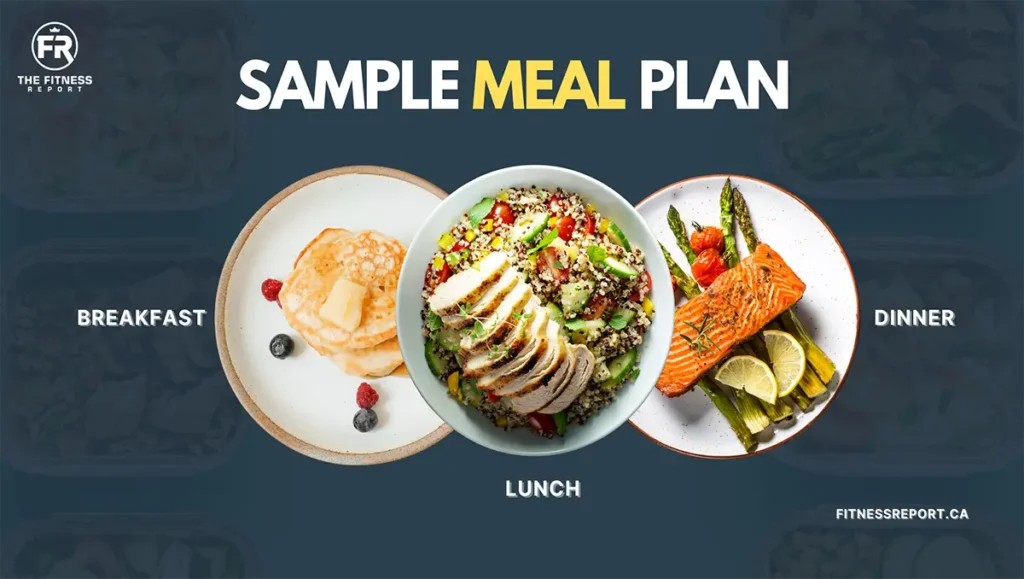
So, I have been experimenting with some protein-packed recipes lately, and let’s just say my culinary adventures may not have hit the “tastiest” mark. But don’t worry, I am here to share a sample meal plan that is not only delicious but will also help you reach that impressive 200-gram protein goal. My taste buds may need some work, but yours are in for a treat with these recipes!
Breakfast: Protein-Packed Pancakes
- Protein pancake mix or homemade pancakes with added protein powder.
- Serve with fresh berries and a dollop of Greek yogurt.
Mid-Morning Snack: Nutty Protein Bars
Homemade protein bars with nuts, seeds, and a touch of honey for natural sweetness.
Lunch: Grilled Chicken Quinoa Salad
Grilled chicken breast served over a bed of quinoa with mixed greens, cherry tomatoes, cucumbers, and a light vinaigrette.
Afternoon Snack: Protein-Packed Smoothie
Blend protein powder, banana, spinach, almond milk, and a spoonful of peanut butter for a tasty and filling shake.
Dinner: Baked Salmon with Asparagus and Rice
- Salmon filet baked with lemon and herbs.
- Served alongside roasted asparagus and a side of rice.
Evening Snack: Cottage Cheese Delight
Cottage cheese topped with pineapple chunks or berries for a protein-rich and satisfying treat.
Remember, achieving your protein goal does not mean sacrificing flavor. These meal ideas should keep your taste buds happy while helping you meet your protein targets. Bon appétit! 🍽️😄
200 Grams Of Protein A Day: Frequently Asked Questions
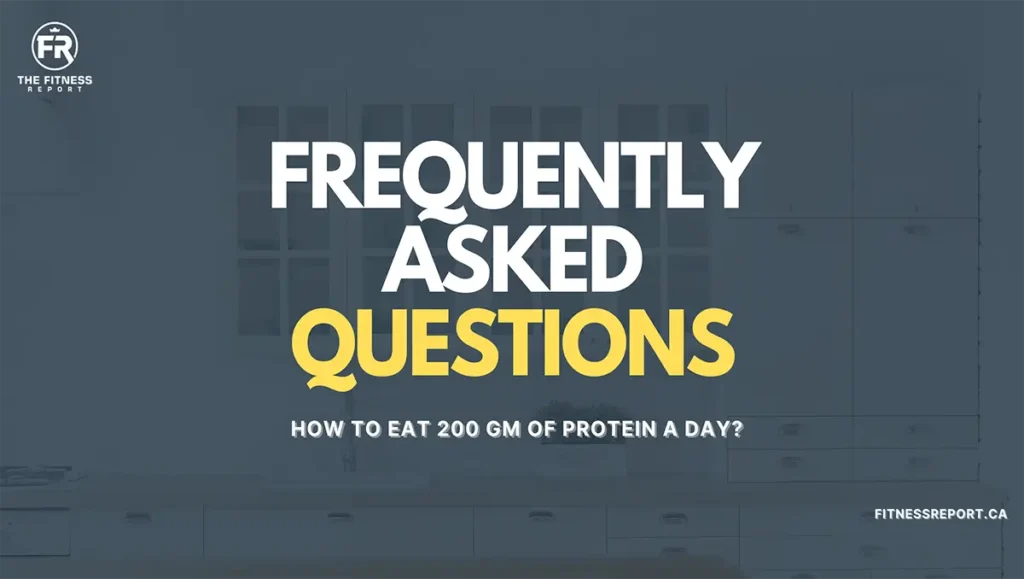
Is 100 grams of protein a day enough to build muscle?
What meat is highest in protein?
What vegetables are high in protein?
Conclusion
Understanding your protein needs is essential for achieving your fitness and dietary goals. While 100 grams of protein a day can be okay for some it is not sufficient for muscle building, it is important to personalize your intake based on your unique circumstances.
When it comes to meat, lean options like chicken, beef and turkey are among the top choices for those seeking high-protein sources. Ultimately, a balanced approach to nutrition that aligns with your specific needs and preferences is key to maintaining a healthy and effective dietary regimen.
Other Gym Articles You May Like:
The Cheapest Gyms In Vancouver: Working Out On A Budget
Kelowna Gyms: Where To Workout
Nanaimo Gyms & Fitness Centers: Start Working Out Today!
How Often Should I Go To The Gym?
Sam Sulek Bodybuilding: From YouTuber To IFBB Pro
The Best Canadian Supplement Brands
Meal Prep Vancouver: The Top Rated Companies
Start Showing Up For Yourself & How To Get It Done

